From Friedrich to Richter, ‘Storm of Progress’ will feature masterworks from the Saint Louis Art Museum’s renowned collection
The Saint Louis Art Museum will highlight its world-class collection of German art in an exhibition presenting more than 120 works of the last 200 years, from Romanticism in the 1800s to the eclectic globalism that followed the fall of the Berlin Wall in 1989. “Storm of Progress: German Art from the Saint Louis Art Museum” opens Nov. 8 and will be presented free of charge.
“Storm of Progress” explores transformative moments in the history of German art and draws connections across time, showing how art, history and politics are inextricably linked. Through violent revolutions and wars, German artists produced insightful and thought-provoking images that continue to have a lasting impact.
Because of disruptions to international art shipping caused by COVID-19, museum staff revised the exhibition schedule and developed this main exhibition from an area of the collection renowned for its depth and breadth.
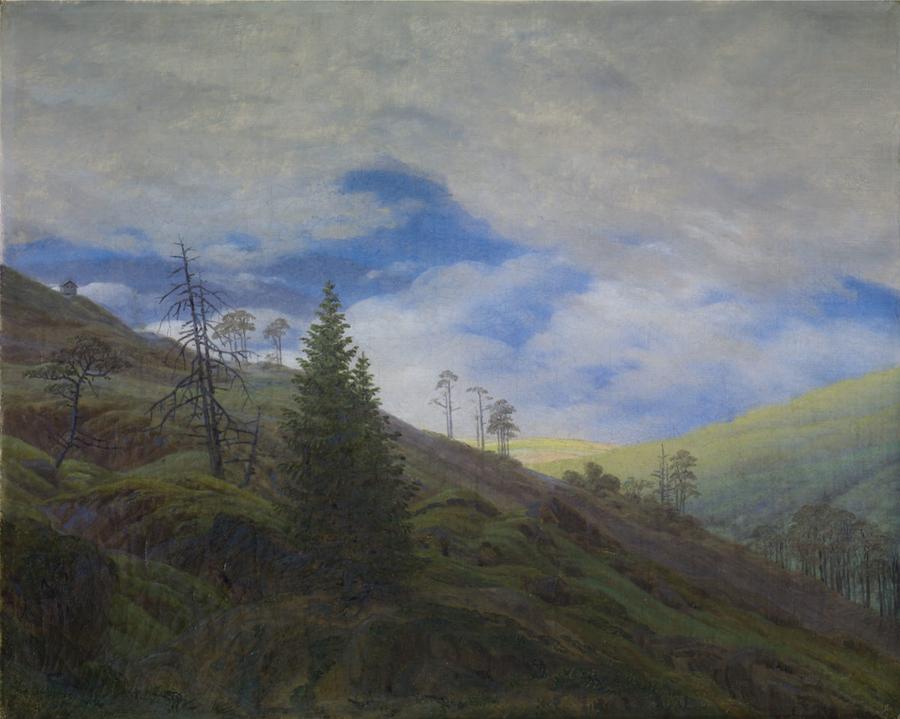
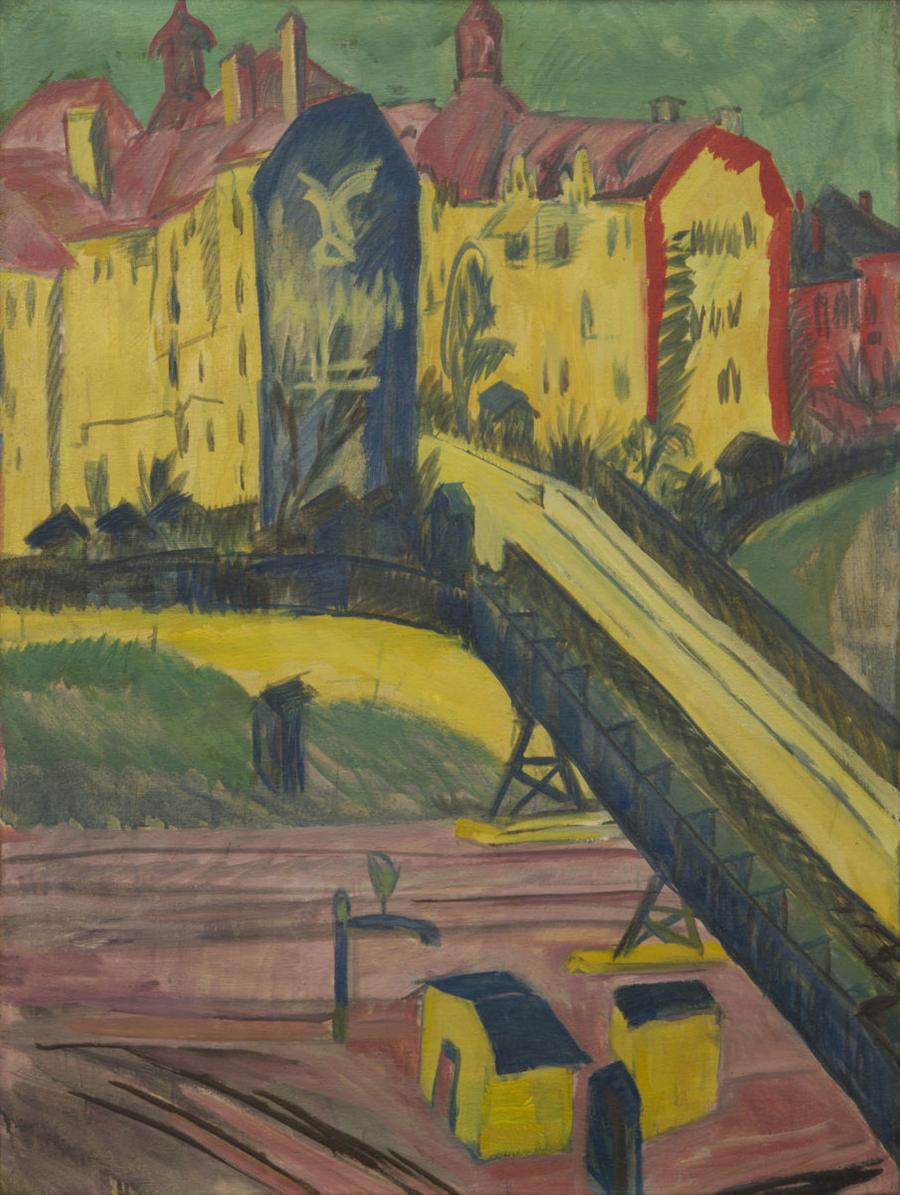
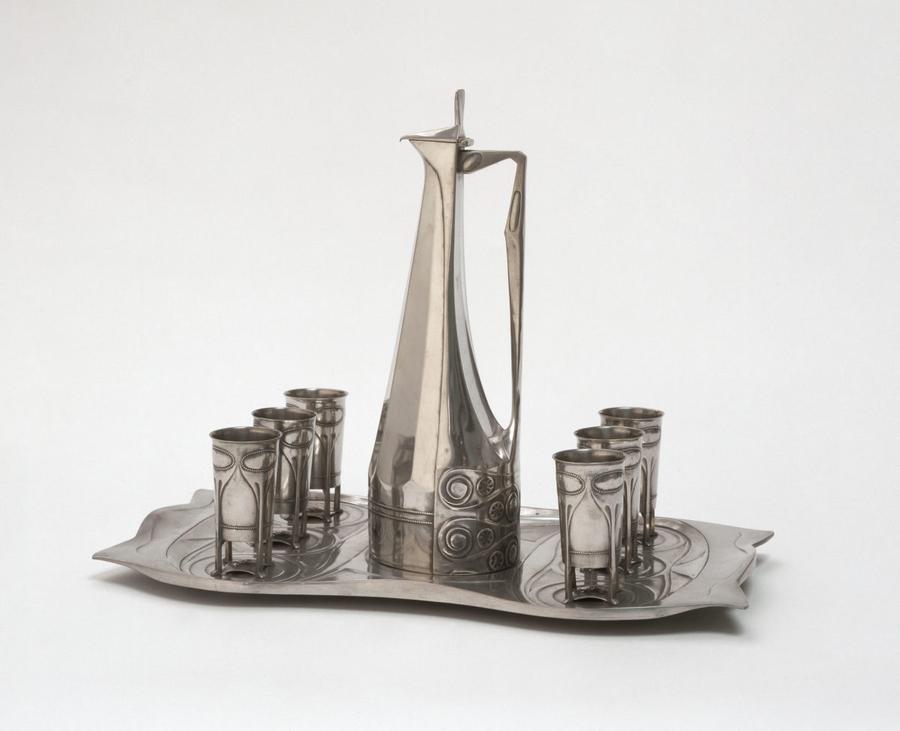
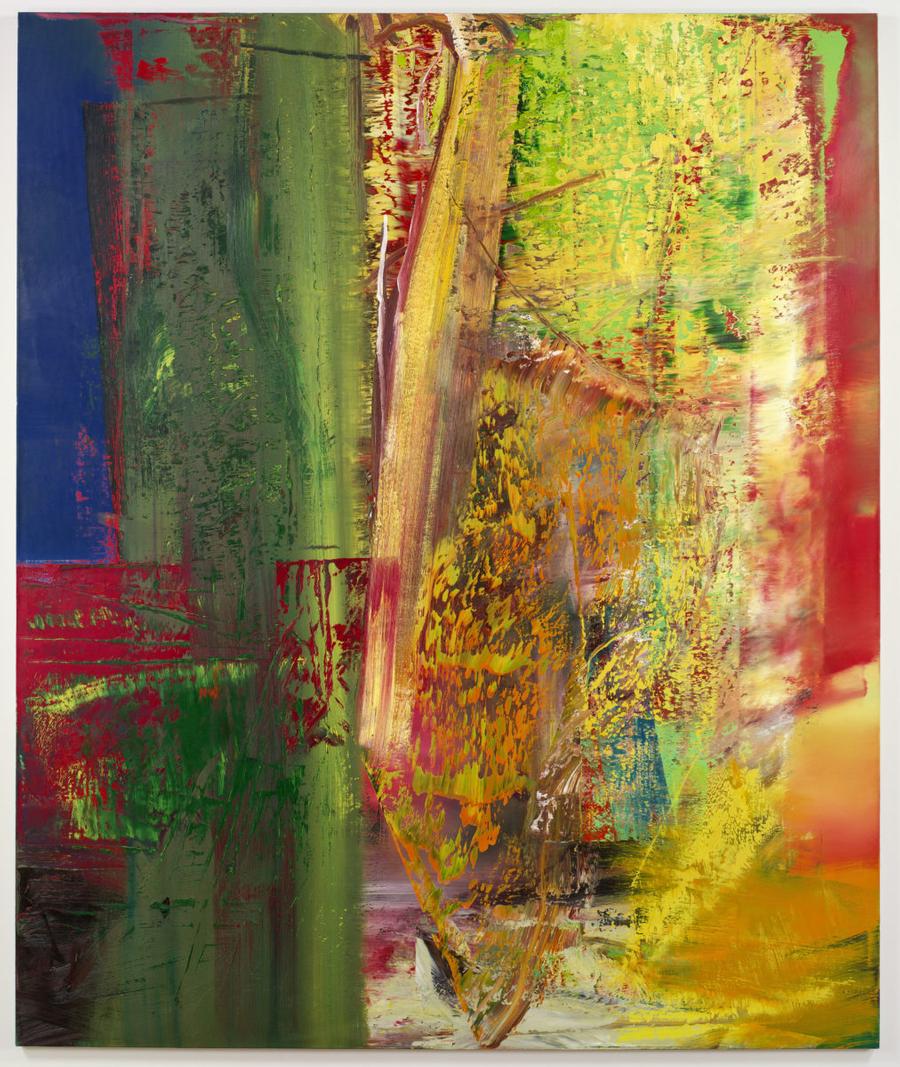
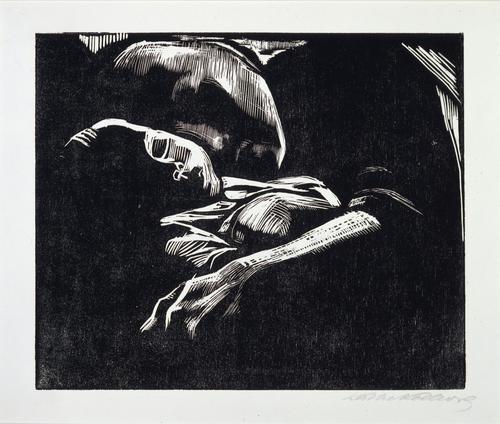
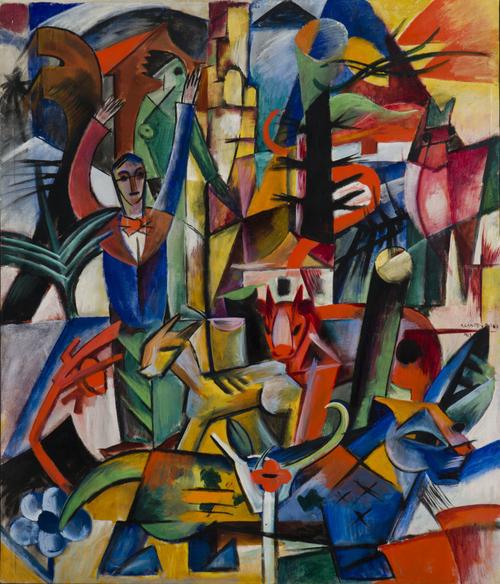
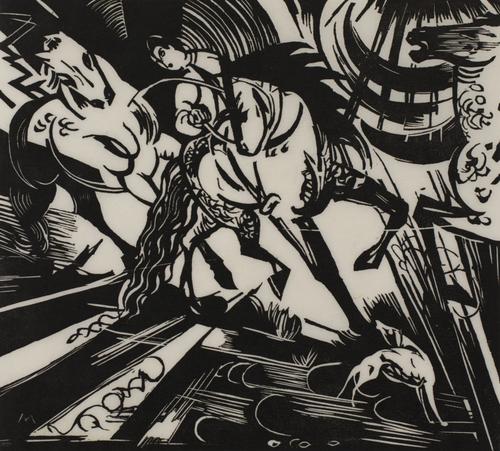
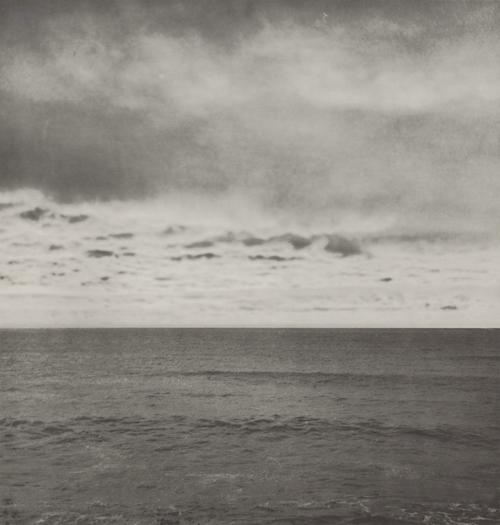
“This extraordinary exhibition tells a 200-year story of German art drawing on our holdings, a collection that is virtually unparalleled outside of Germany,” said Brent R. Benjamin, the Barbara B. Taylor Director of the Saint Louis Art Museum. “This unique civic treasure is a testament to the philanthropic support of our patrons, notably Morton D. May. In honor of these transformative donations, we are offering this exhibition free of charge.”
May, who led May Department Stores Co., was the Saint Louis Art Museum’s most prolific donor of works of art. His broad range of collecting included German Expressionism, and his 1983 bequest included a large collection of paintings by Max Beckmann (1884-1950). The gift spurred the museum to prioritize acquisitions of important works by contemporary German artists. This began in the late 1980s, expanding through the Earl and Betsy Millard gift in 2003.
Totaling more than 2,500 objects by artists from Germany, Austria and Switzerland, the museum’s holdings include strengths in German Expressionism and postwar German art. The collection continues to grow. With the recent purchase of “Sunburst in the Riesengebirge,” the museum joined a small number of American museums to own a painting by Caspar David Friedrich (1774-1840), widely regarded as the leading figure in German Romantic painting.
“Storm of Progress” will showcase a wide range of media, including paintings, sculpture, photographs, prints and decorative arts. Highlights include the Friedrich, as well as works by Beckmann, Ernst Ludwig Kirchner, Käthe Kollwitz, Joseph Beuys, Isa Genzken, Gerhard Richter and Georg Baselitz. The exhibition features many objects on view for the first time, including a recently acquired painting by Gabriele Münter.
Organized chronologically, the exhibition explores key events and ideas through the lens of the museum’s collection.
In the 19th century, German artists embraced nature as a complex and deeply symbolic subject. Picturesque forests, mountains and coasts offered spiritual and physical renewal as well as a common ground for the fragile project of nation-building. Before the German Empire was established in 1871, the region was a mosaic of autonomous states. The German landscape symbolized a collective cultural identity that transcended political division.
By 1900, Germany had transformed from an agrarian society to the prosperous crossroads of Europe. German artists asserted their independence from Paris, the capital of the 19th-century art world, and Berlin emerged as the industrial metropolis of the new century. Germany’s growth also fed a nationalism that led to two world wars and mass genocide.
Artists working after the Holocaust confronted the nation’s guilt and the political consequences that left Germany divided between democracy and communism. The Berlin Wall fell in 1989; this was the start of a long process of reunifying German society after decades of division.
The exhibition will be on view through Feb. 28, 2021. It is co-curated by Simon Kelly, curator of modern and contemporary art; Hannah Klemm, associate curator of modern and contemporary art; Melissa Venator, the Andrew W. Mellon Foundation Fellow for Modern Art; and Molly Moog, research assistant for modern and contemporary art.
Although the exhibition is free, visitors will need to secure timed tickets, which will be available starting Oct. 13. Tickets are available in person at the museum, or through MetroTix, which charges a service fee.